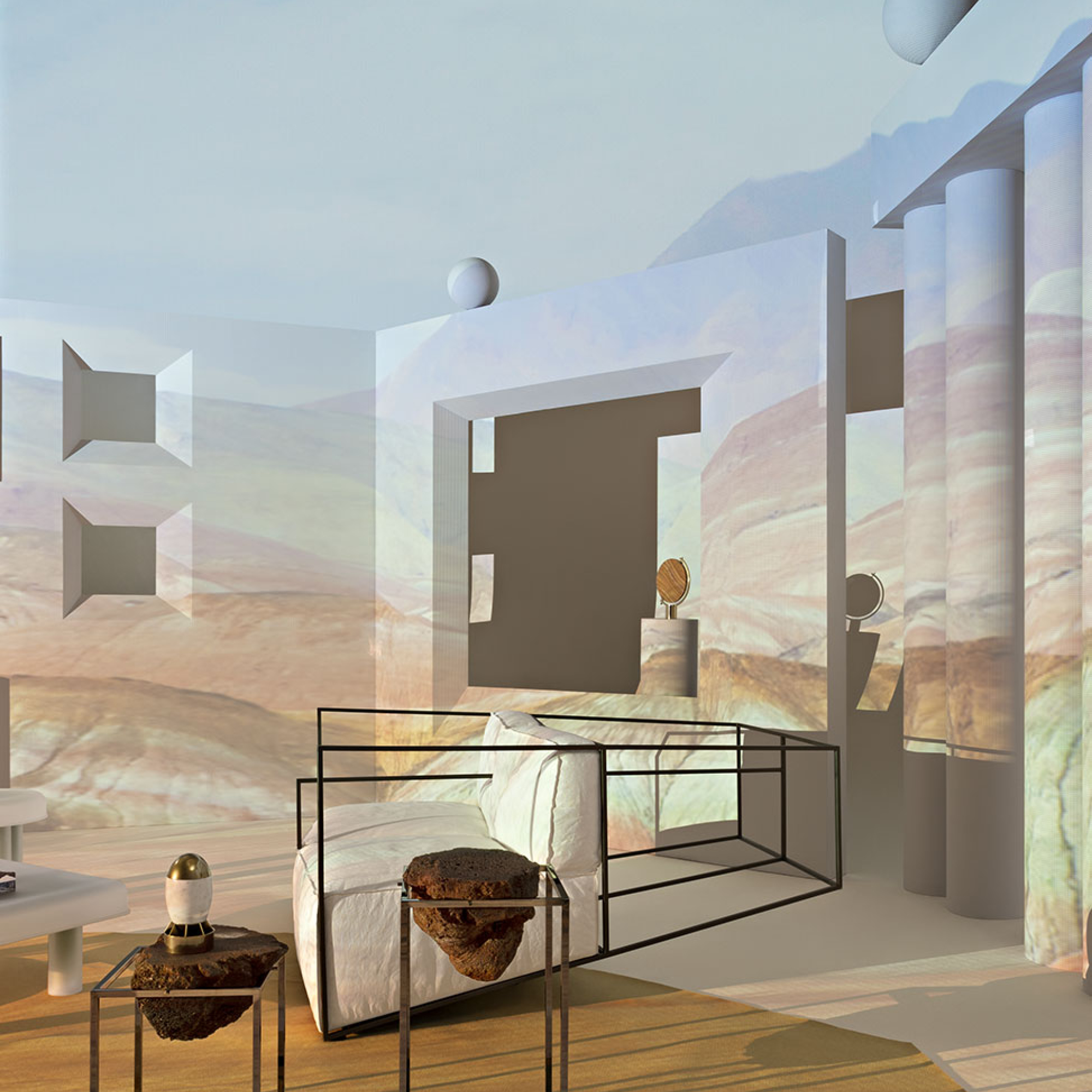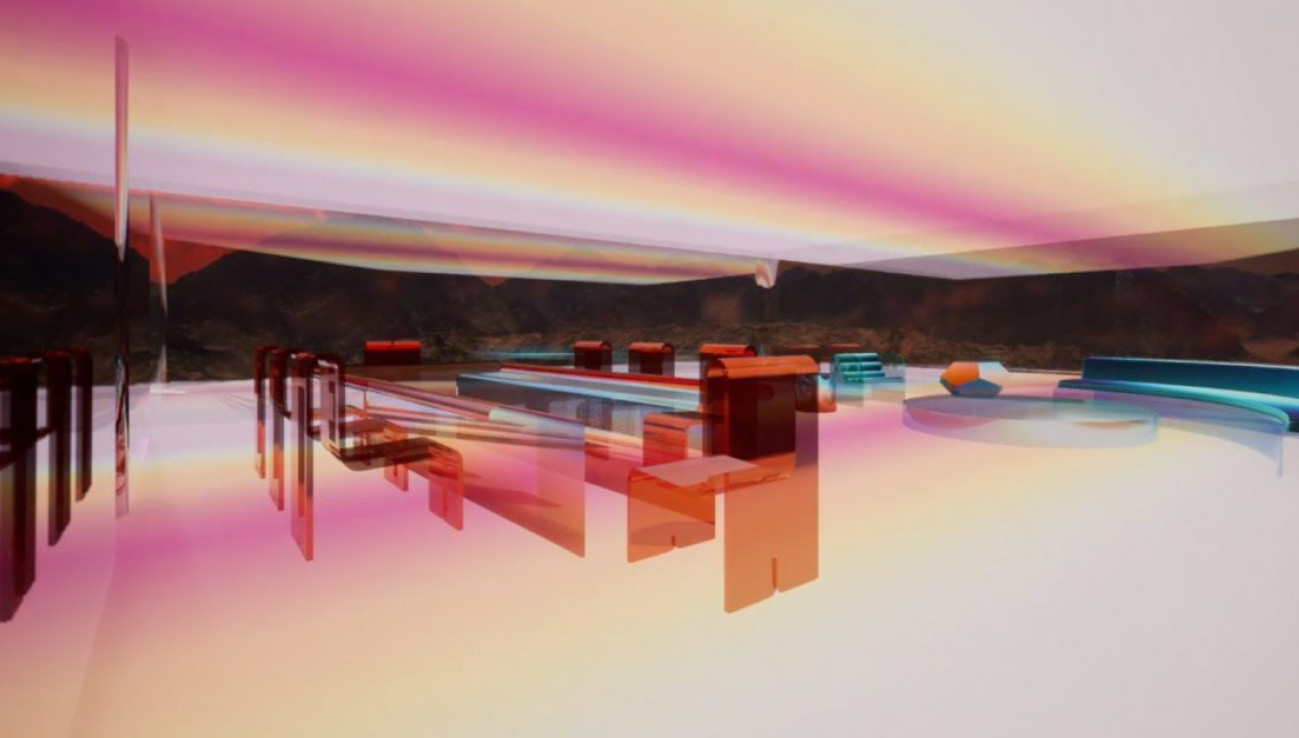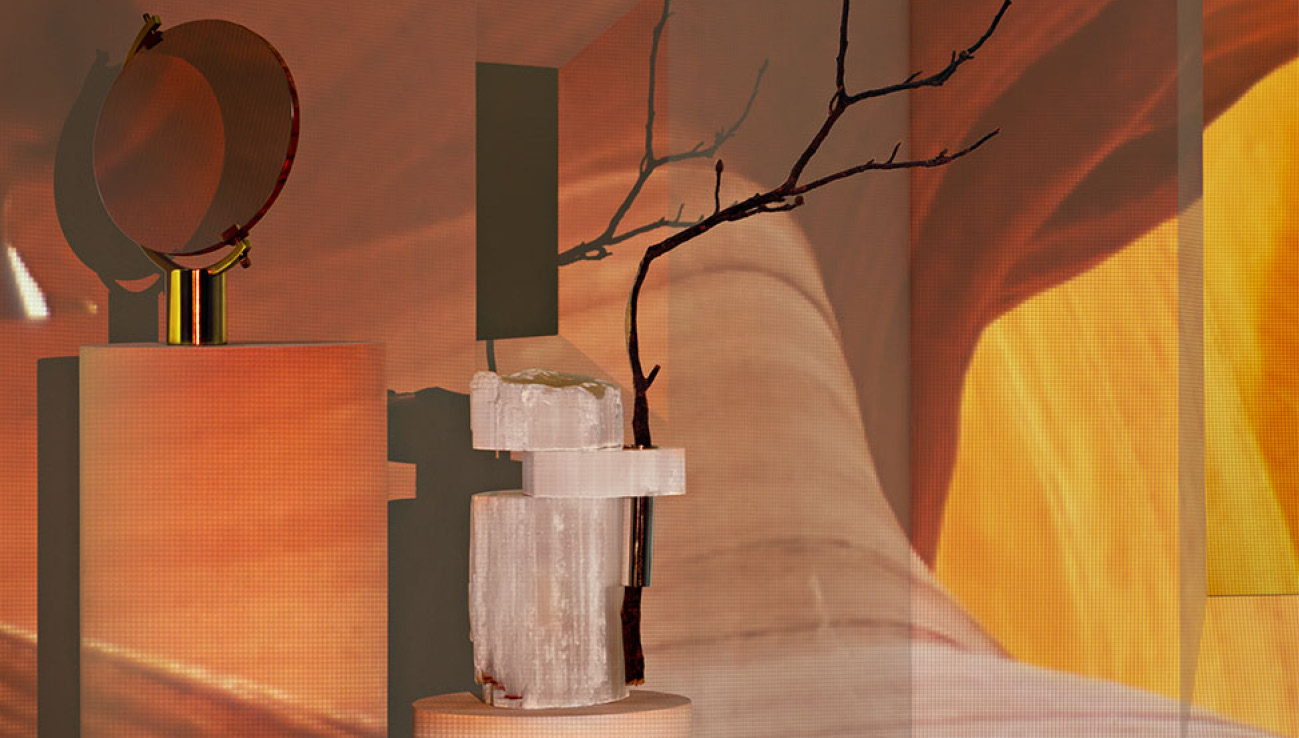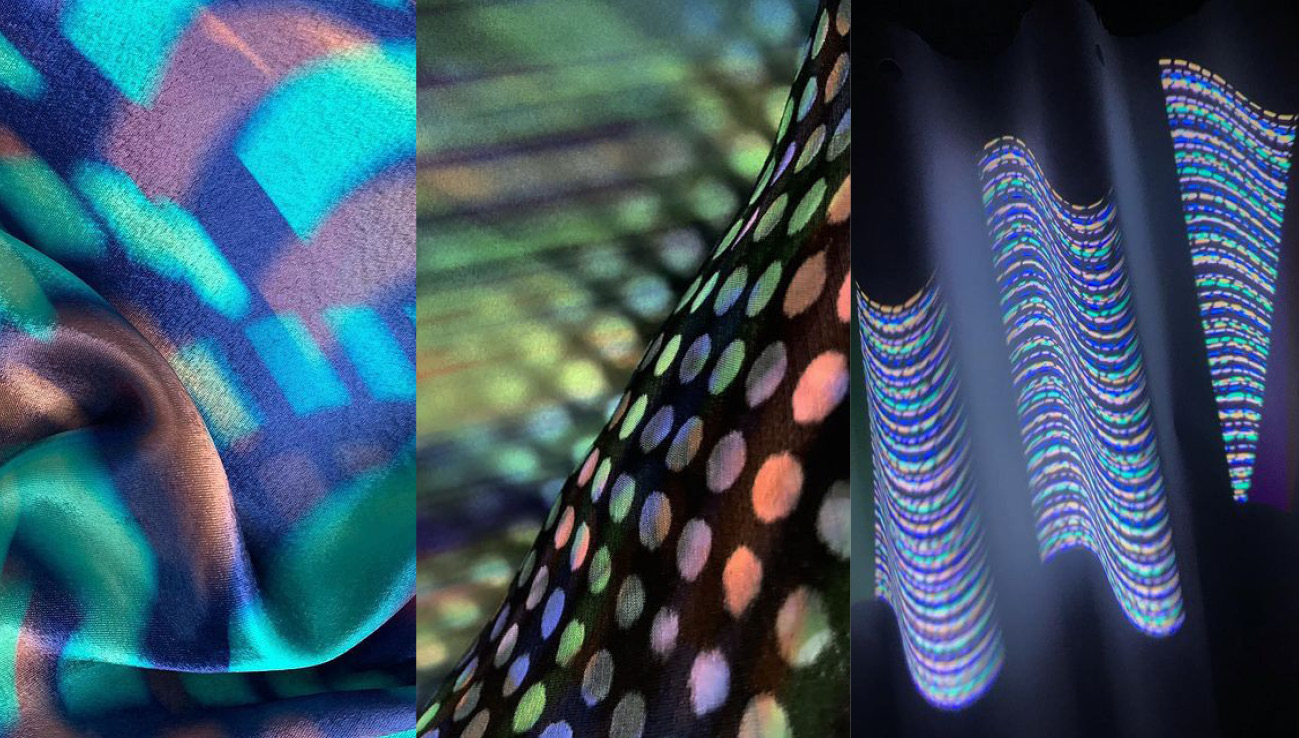Digital Interiors: How will the metaverse impact the future of life at home?
 Studio Milo
Studio Milo The rise of gaming culture and the opening up of real estate and digital interiors in the ‘Metaverse’ is allowing consumers to immerse themselves in exciting other-worldly realms. TrendBible is tracking this impactful concept, creating a taste for dreamscape interiors and innovative technology woven into our homes.

Digital Interiors
Mars House is the first completely digital house that was recently sold as a digital file or NFT. ‘Nonfungible tokens’ allow digital artworks to be bought, sold or collected and show a certificate of ownership. This groundbreaking digital interiors project sold for the equivalent of $500,000 on the online marketplace SupeRare. Krista Kim, the artist who created it, describes Mars House as ‘a place of healing, inspiration and dreams’. The transparent virtual home is a meditative house concept that comes complete with a calming music soundtrack created by Jeoff Schroeder of Smashing Pumpkins. The concept can be built in real life by glass furniture makers in Italy, should the owner ever wish to transport the house from their metaverse to ‘in real life’.
But is this concept just an abstract fad for the super rich to enjoy? Or will the idea of digital interiors and living an alternate reality in the metaverse, result in more ‘phygital’ (blended physical and digital) experiences for the average modern home in the future?
Tech Evolution
At TrendBible, we are closely tracking the evolution of tech in the home and the growing need for ‘wellbeing interiors’. We’re forecasting an increasing desire for escapism and strange, dreamlike spaces, as well as more seamless and integrated technology solutions. Below are a few innovative concepts that we feel give a glimpse of how these phygital interiors will play out over the coming years.

Studio Milo have collaborated with JCP Universe to create a series of metaphysical images called ‘Projections’ which plays with blending physical interior architecture (think plain white walls, coffee tables, lamps, consoles, seating and accessories) with light projections of dream-like landscapes in unconventional tones. The result is an interior that transports the user to an alternate universe.

Although this concept is not yet commercially available as home product, it unlocks potential for future possibilities. Imagine a home where the rooms are a blank canvas, that can be artistically reimagined via a digital portal, incorporating dream-like projections and relaxing soundscapes. This would create an innovative solution for the rental decor market and the increasing trend towards more nomadic lifestyles.

Surface Design
We sighted another interesting digital interiors development at New Designers this month, from surface design graduate Liv Bell who aims to minimise material consumption by using an innovative approach to textile design. Her collection of digital textiles utilises projection mapping technology to create immersive environments. This series of easily interchangeable animated patterns are intended to be digitally projected onto various interior surfaces and are designed to work in harmony with a range of luxury upholstery fabrics.
We believe this unlocks exciting new possibilities for home textiles, particularly with the increasing pressure to reduce waste and the amount of furniture going into landfills. If consumers could change the pattern of the fabric on their sofa to suit their mood whenever they were craving a room refresh, they are likely to be more concerned with buying longer-lasting investment pieces which prioritise comfort and durability over style and colour trends.
For more information on the future of life at home and how to leverage consumer trends within your business or industry, browse our consultancy services or contact us at letstalk@trendbible.com.